Review for Asylum
I became aware of R.D. Laing’s breakthrough psychiatric work at the end of the 1970’s when I read his seminal book on schizophrenia, ‘The Divided Self’ which had been published almost two decades earlier. Laing explained that "...its basic purpose is to make madness, and the process of going mad comprehensible". Throughout the book, by using real-life case studies, he tracked how individuals progress from having a schizoid, but sane state of mind to a schizophrenic, insane state of mind.
At the time I read the book, I’d been fascinated by the TV mini-series, ‘Sybil’ (1976) which featured Sally Field as a ‘divided woman’ with multiple personalities. That film made somewhat simplistic that which ‘Asylum’ (1972) sought to show in reality – by using non-interventional fly-on-the-wall documentary techniques to follow a small group of mentally ill residents taking refuge together in a commune, run by a couple of dedicated therapists.
Taking their inspiration from Laing, who felt that treatment should move beyond the merely clinical to more therapeutic approaches, this fairly non-judgemental community was set up as a humane alternative. Watching it now, you can only marvel at the endless patience of its residents for each other’s stressful and often bizarre behaviour. To some degree, this really was a case of the lunatics taking over the asylum.
In 1971, having already filmed R.D. Laing at his home in London and on visits to the USA (also included on this set), filmmaker Peter Robinson and his small crew elected to stay in Laing's controversial Archway Community for six weeks.
As you view this gentle moving, incredibly non-intrusive documentary, you genuinely feel like you have become a silent resident yourself. By being on site so often and for so long, one assumes that the crew became more or less invisible to the residents, allowing the real drama of their everyday lives to unfold. It’s not easy viewing.
One resident in particular begins to dominate all others with his endless, Stanley Unwin style nonsensical diatribe. Whilst he always speaks with total authority, very little of what he says makes sense but nonetheless is always delivered with conviction and authority. Occasionally, he surprises by revealing an understanding of what is going on in the house and what others are saying about him but this is short-lived and it’s never long before he retreats back into his alternate reality.
It’s a documentary in almost its purest form – no inane commentary here at all. No music, no embellishment. You’re just left to observe and make up your own mind about what to think of it – a remarkably refreshing approach when compared to the majority of documentaries today.
On the downside, this means the film totally lacks narrative and there are hardly any satisfactory conclusions. It literally reflects some moments in time. That’s all.
It’s also tough to watch because much of what you’ll see is disturbing. There’s little joy in seeing individuals breaking down before your eyes or descending into a darkness that is very difficult to understand. The reality of schizophrenia is much more complex than ‘Sybil’ or ‘Psycho’ would have us believe. (A more accurate representation, perhaps, can be found in the Herman Hesse ‘novel’, Steppenwolf, which was also a popular book at the time and one which Laing refers to in some of his own work.)
The film also features short interview segments with Laing sitting in his London home, barefoot and smoking mentholated cigarettes.
I’m unsure who the DVD might appeal to. Having read Laing, it certainly appealed to me. Perhaps with the R.D. Laing biopic due for release (with David Tenant playing the man himself) that will stir up interest in this. It’s great that such things are available and some effort has been made to make this release as interesting as possible with a full length audio commentary (with filmmaker Peter Robinson’s son) as well as a couple of lengthy interview featurettes with Laing (at home and in the USA).
It’s certainly worth picking up if you’re a student of psychology or have an interest in Laing and his work. It’s also worth watching as a fine example of pure documentary.
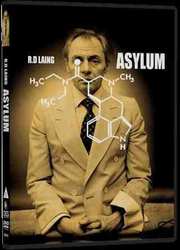
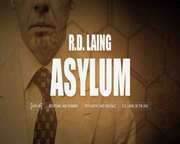
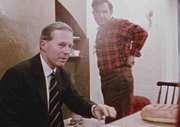
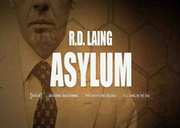
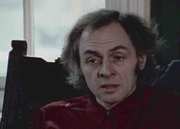
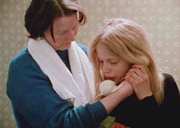
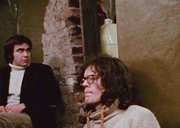
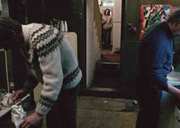
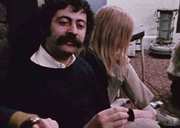
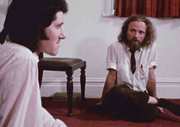
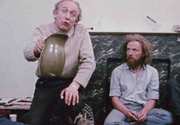
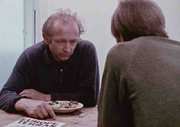






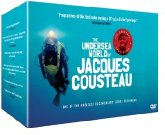










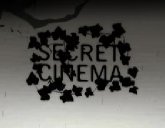






















Your Opinions and Comments
Be the first to post a comment!